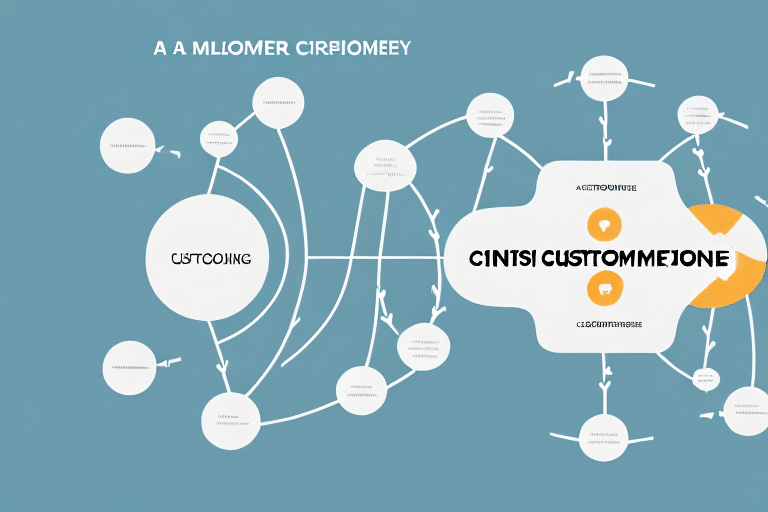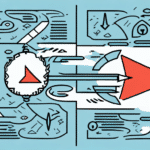Introduction to Customer Retention
As a business owner, balancing the focus between attracting new customers and retaining existing ones is crucial. While acquiring new customers is important, maintaining healthy relationships with returning customers provides significant advantages, including lower costs and enhanced brand loyalty. In this article, we explore key strategies for creating effective customer retention campaigns to ensure your customers keep coming back.
The Importance of Customer Retention Over Acquisition
Retaining existing customers is often more cost-effective than acquiring new ones. According to a study by Bain & Company, increasing customer retention by just 5% can lead to an increase in profits of 25-95%. Loyal customers not only provide recurring revenue but also become brand advocates, referring friends and family to your business.
Moreover, loyal customers offer deeper insights into their preferences and behaviors, enabling businesses to tailor products and services more effectively. This personalized approach enhances customer satisfaction and fosters long-term loyalty, which is essential for a positive market reputation.
Financial Benefits of Retention
Acquiring a new customer can cost up to five times more than retaining an existing one. Additionally, long-term customers tend to spend more and are less price-sensitive, contributing to sustained revenue growth.
Enhanced Customer Understanding
By focusing on retention, businesses can collect valuable feedback and data, allowing for continuous improvement of products and services tailored to customer needs.
Understanding the Customer Lifecycle
The customer lifecycle encompasses the stages a customer goes through from becoming aware of a product or service to advocating for the brand. These stages include:
- Awareness: When potential customers become aware of your brand through marketing channels like social media, advertising, and content marketing.
- Consideration: Customers evaluate whether to make a purchase, influenced by detailed product information, promotions, and excellent customer service.
- Purchase: The transaction phase where the customer makes a purchase.
- Retention: Ongoing engagement to encourage repeat purchases through strategies like loyalty programs and personalized communication.
- Advocacy: Satisfied customers become brand advocates, promoting your business to others.
Understanding this lifecycle allows businesses to allocate resources effectively to each stage, maximizing impact and fostering strong customer relationships.
Key Metrics for Measuring Customer Retention
Tracking the right metrics is essential for assessing the effectiveness of retention strategies. Important metrics include:
- Customer Retention Rate: The percentage of customers who continue to do business with you over a specific period.
- Customer Lifetime Value (CLV): The total revenue a business can reasonably expect from a single customer account throughout the business relationship.
- Churn Rate: The rate at which customers stop doing business with a company.
- Net Promoter Score (NPS): A measure of customer satisfaction and loyalty based on the likelihood of customers recommending your business to others.
Regularly analyzing these metrics helps identify areas for improvement and guides the development of targeted retention strategies. For instance, a high churn rate may indicate issues with customer satisfaction that need to be addressed.
Customer Retention Rate
A high retention rate suggests that customers are satisfied and loyal to your brand, leading to sustained revenue. Calculating retention rate can provide clear insights into the health of your customer relationships.
Customer Satisfaction Score
Measuring how satisfied customers are with your products or services allows you to pinpoint areas needing enhancement, thereby improving the overall customer experience.
Strategies for Effective Customer Retention Campaigns
Implementing effective retention strategies focuses on enhancing the customer experience and building strong relationships. Key strategies include:
Personalized Customer Experiences
Personalization makes customers feel valued and understood. Utilizing customer data to create customized offers, targeted emails, and product recommendations based on purchase history can significantly boost loyalty.
Customized Content
Developing content that aligns with customer preferences, such as personalized blog posts or tailored social media content, can increase engagement and retention.
Exclusive Perks and Rewards
Offering special benefits like early access to new products, exclusive discounts, and personalized gifts reinforces customer appreciation and encourages repeat purchases.
Exceptional Customer Service
Providing high-quality customer service ensures that customers feel supported and valued, enhancing their overall experience and likelihood of staying loyal to your brand.
Loyalty Programs
Implementing loyalty programs rewards customers for their continued business, offering incentives like discounts, free products, or exclusive access to services. These programs not only foster loyalty but also provide valuable insights into customer behavior.
Seeking and Acting on Customer Feedback
Actively seeking feedback through surveys and social media allows businesses to understand customer needs and make necessary improvements. Responding promptly to feedback builds trust and loyalty.
Leveraging Digital Channels for Retention
Utilizing digital channels effectively can significantly enhance retention efforts. Key channels include:
Email Marketing
Email remains a powerful tool for retention. Personalized and relevant email campaigns, segmented based on customer behavior and preferences, can drive engagement and repeat purchases. According to the Campaign Monitor, segmented email campaigns can result in a 760% increase in revenue.
Social Media Engagement
Social media provides a platform for direct communication with customers, enabling businesses to engage personally, gather feedback, and offer exclusive promotions to followers.
Data Analytics
Employing data analytics allows businesses to gain insights into customer behavior, preferences, and trends. Analyzing this data helps in refining retention strategies, optimizing the timing and frequency of campaigns, and personalizing customer interactions.
Avoiding Common Pitfalls in Retention Campaigns
While retention campaigns can be highly effective, avoiding common mistakes is essential for success. Common pitfalls include:
- Over-communicating with customers, leading to fatigue and disengagement.
- Failing to personalize campaigns, making communications feel generic and irrelevant.
- Neglecting the customer experience, resulting in unmet expectations and dissatisfaction.
Focusing on tailored, meaningful interactions that add value to the customer experience is key to avoiding these mistakes and ensuring effective retention.
Case Studies: Successful Customer Retention Campaigns
Examining successful retention strategies from top companies can provide valuable insights. Examples include:
- Amazon Prime: Offers exclusive benefits like free shipping and access to streaming services, fostering strong customer loyalty.
- Starbucks Rewards: Provides points for purchases that can be redeemed for rewards, incentivizing repeat business.
- Costco Membership Program: Offers members exclusive access to products and services at discounted prices, encouraging long-term membership and loyalty.
Measuring the ROI of Retention Campaigns
Tracking the return on investment (ROI) of retention campaigns is crucial for assessing their effectiveness. Metrics such as repeat purchase rate, customer lifetime value, and net promoter score provide insights into the campaign's impact on customer loyalty and business performance. Analyzing ROI helps in identifying the most successful strategies and informs future campaign planning.
Tools like Google Analytics and Tableau can assist in tracking and visualizing these metrics effectively.
Conclusion
Creating effective customer retention campaigns requires a comprehensive understanding of the customer lifecycle, diligent tracking of key metrics, and the implementation of personalized, value-driven strategies. By focusing on customer satisfaction and loyalty, businesses can foster long-lasting relationships that drive sustained growth and success.




















